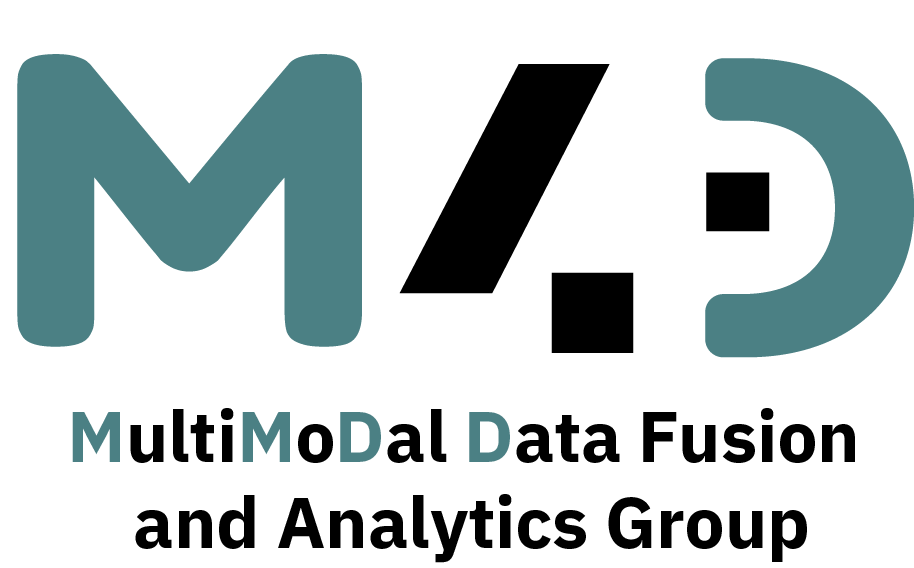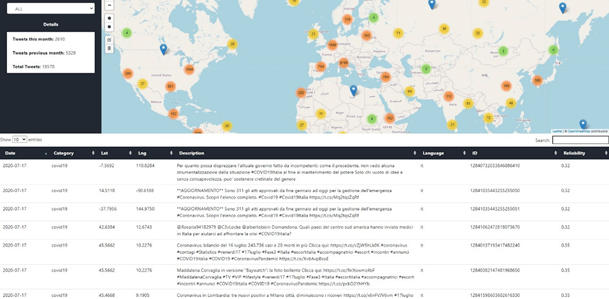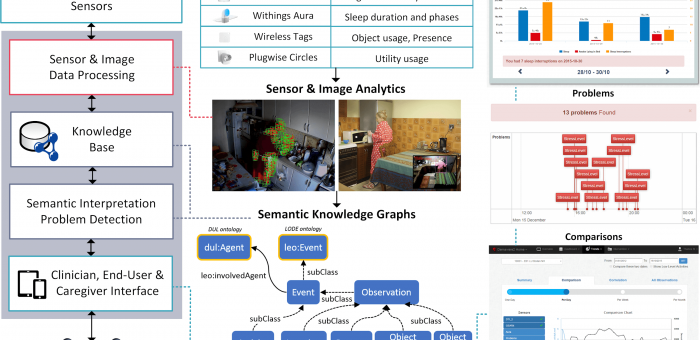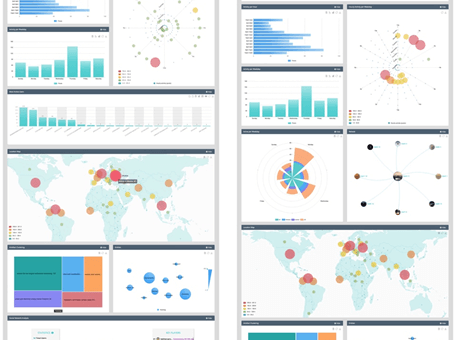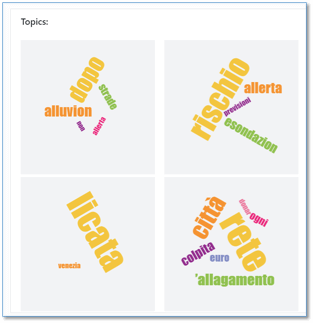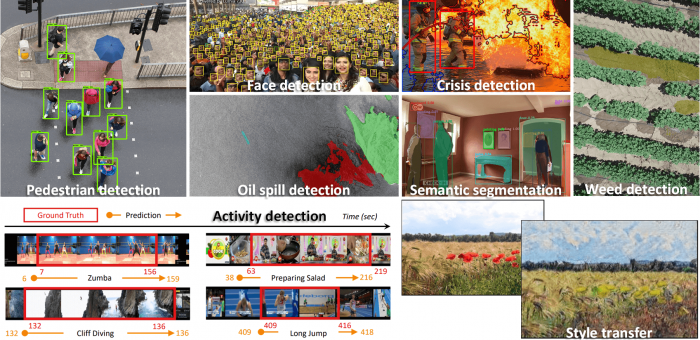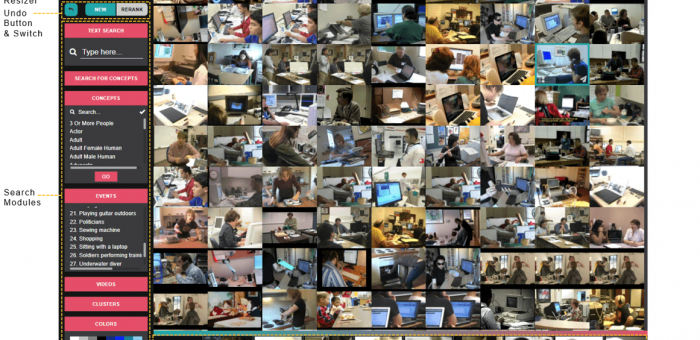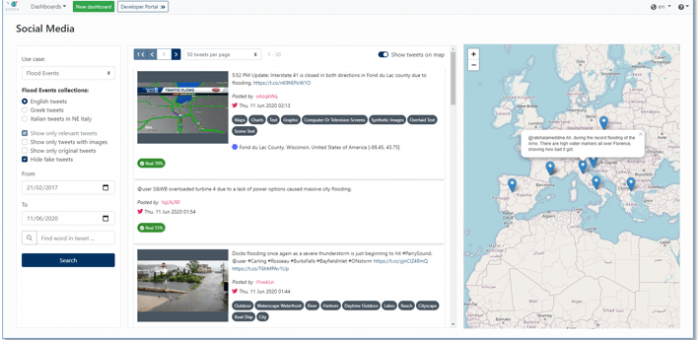Digital Twins
A virtual construct known as a "Digital Twin" simulates a physical counterpart, integrates various data inputs for the purposes of handling, storing, and processing data, and offers an automatic, bi-directional data linkage between the virtual and physical worlds. To display any change in the physical object's status, synchronization is essential for a Digital Twin. In addition, such models should also provide interoperability with other systems, adherence to data governance regulations and must ensure the accuracy and completeness of the replicated model in order to keep it up to date over time. Some trends of the research domain indicatively involves the use of digital twins in manufacturing, healthcare, and transportation while with other technologies, such as the internet of things (IoT) and artificial intelligence (AI), the target is to provide enhanced…
